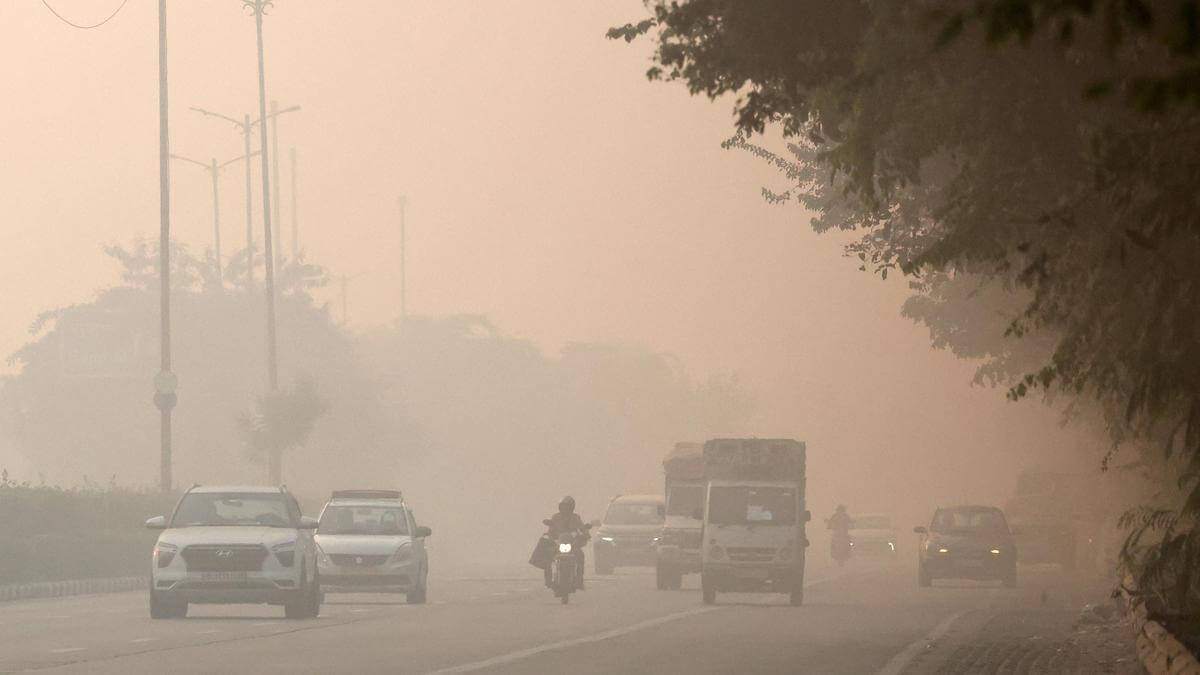Air quality improves in Hyderabad
Tue 08 Jun 2021, 10:47:12

When the term ‘pollution’ is come across, the usual assumption is the presence of toxic gases like vehicle fumes, industrial gases, etc but there are also something called particulates also known as atmospheric aerosol particles or particulate matter (PM), which are microscopic solid or liquid particles suspended in the air.
These particulates maybe a mixture of soot, smoke, metals, dust, water, etc, and due to their small size, they practically act like a gas and can enter the lungs when one breathes, leading to cough, asthma, allergic reactions and other health issues.
For this reason, the Telangana State Pollution Control Board (TSPCB) also monitors the presence of particulates while monitoring the Ambient Air Quality (AAQ). These are measured in the unit microgram/cubic metre (µg/m3).
According to the TSPCB reports, the particulate matter levels dropped significantly during the night curfew and subsequent lockdown and the difference is shown by the recordings of April and May, leading to a better AAQ in May. For instance, at the National Air Quality Monitoring Programme (NAMP) stations at Balanagar, Uppal, Jubilee Hills, Paradise,
Charminar and Jeedimetla, the levels of PM10 particles, i.e. particles less than 10 micrometers in size, reduced significantly.
Charminar and Jeedimetla, the levels of PM10 particles, i.e. particles less than 10 micrometers in size, reduced significantly.
The highest change has been observed at the Uppal NAMP station, which showed a PM10 value of 143 in April which dropped to 62 in May, a decrease of 81 points. At other places also, the recordings reduced drastically, with some areas like Charminar, Jubilee Hills registering levels half of what they were in April.
The same can be said about the data from the State Ambient Air Quality Monitoring Programme (SAAQM) stations in the city, with the one at Chikkadpally showing the best improvement, as the levels dropped from 97 in April to 50 in May, an improvement of 47 points.
Apart from this, PM2.5 particles, i.e. particles less than 2.5 micrometers in size have also been measured at some of the NAMP stations and their levels have reduced too. The data recorded at various Continuous Ambient Air Quality Monitoring Stations (CAAQMS) also reflected a drop in PM2.5 levels, with the one at Nehru Zoological Park registering a maximum change of 27 points from being 53 in April to 26 in May.
No Comments For This Post, Be first to write a Comment.
Most viewed from Hyderabad
Most viewed from World
AIMIM News
Latest Urdu News
Most Viewed
May 26, 2020
Where should be the burial of the pilgrims martyred in the Saudi Arabia bus accident?
Latest Videos View All
Like Us
Home
About Us
Advertise With Us
All Polls
Epaper Archives
Privacy Policy
Contact Us
Download Etemaad App
© 2025 Etemaad Daily News, All Rights Reserved.
























.jpg)












.jpg)
.jpg)
.jpg)


